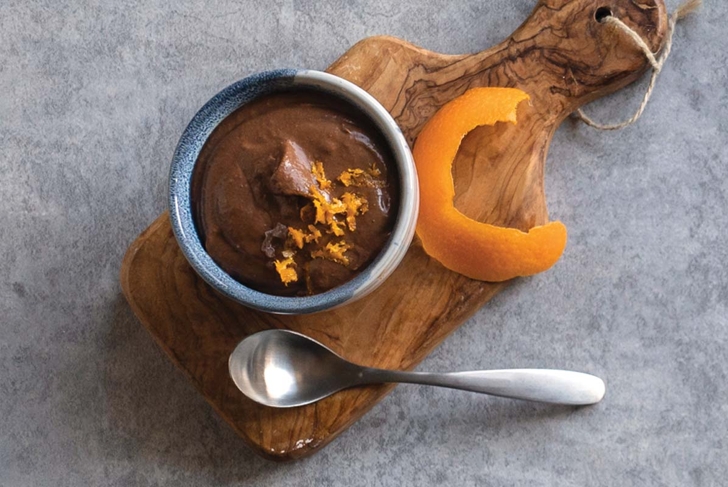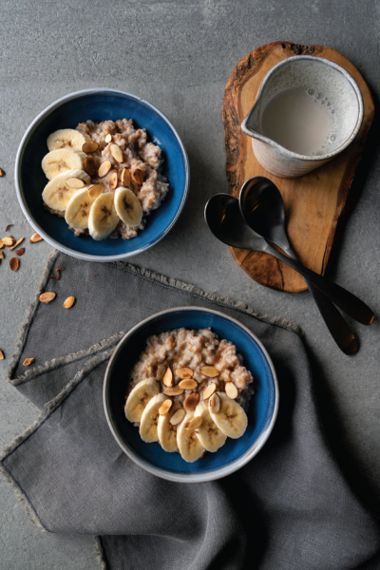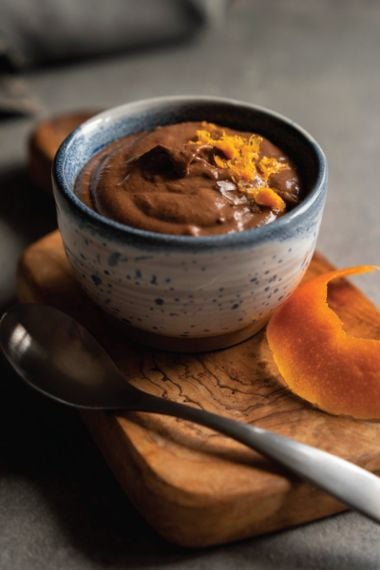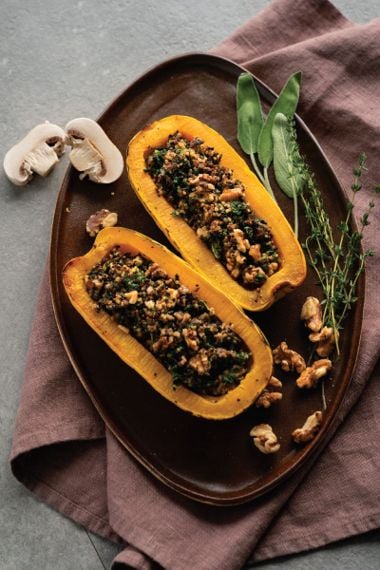Inspiring Flavours to Add Whole Food Fibre to your Diet

Nature’s packaging may not have a nutritional label, but you can be sure that plant-based whole foods can help your digestive health and contribute to better overall health—for you and for the planet. Best of all, they do all this while being simple to prepare—and delicious .
According to Health Canada, most Canadians are getting only half of the daily recommended 25 grams (women) to 38 grams (for men) of fibre in their diets. Fibre plays a key role in digestion, helping to ease food and waste through the digestive tract, making us feel fuller, and helping to lower cholesterol and glucose. Diets high in fibre and whole grains are linked to reduced risk of colorectal cancer.
It’s easy to find good sources of fibre in nature’s rich pantry of plant-based whole foods. Vegetables, leafy greens, whole grains, and legumes are packed with it.
These foods also contain prebiotic phytochemicals that, studies suggest, help feed the good bacteria of the microbiome. These compounds could be responsible for keeping your tummy happy and healthy.
The Food and Agriculture Organization of the United Nations and the World Health Organization, in their 2019 Sustainable Healthy Diets—Guiding Principles report, recommends a plant-based whole foods diet. The idea is that food and it’s production must support not only the individual, but also the community, and be available to sustain us in the future while protecting the planet through low environmental impacts.
It seems even small changes can have big impacts. A recent study found that reducing beef consumption even slightly and selecting fruits, vegetables, nuts, and legumes instead can reduce our dietary carbon footprint. Adding dietary fibre, and microbiome-boosting nutrients need not be boring. Delectable whole foods lend themselves to intriguing flavour combinations and simple preparations. Look to these recipes to enliven fibre-rich whole foods and be inspired to include more of them in your diet.

Look for whole grain farro, which leaves the germ and bran intact, for this satisfying porridge that’s sure to kickstart your day. While the cooking time is longer than for pearled or semi-pearled varieties, you’ll get more nutrition. Take the time to enjoy the delicate scent of cardamom and ginger wafting through your kitchen as you prepare this.

Sage is an excellent flavour companion for squash. When combined with the earthy flavours of mushroom and hearty quinoa, this filled squash makes for a deliciously satisfying meal. Great sources of dietary fibre, winter squashes like delicata and acorn are also good sources of thiamin, which aids in the transformation of ingested carbohydrates into energy.

Licorice-flavoured fennel, tart apple, and a hint of pleasant bitterness from radicchio combines with a touch of sweet dressing for a refreshingly delicious salad. Fennel contains a number of vitamins and minerals known to be involved in digestion, including vitamin C, manganese, and niacin which helps transform the food you eat into energy. Apple adds sweet crunch and all-important fibre.
This article was originally published in the January 2022 issue of alive with the title When Fibre Meets Flavour.










